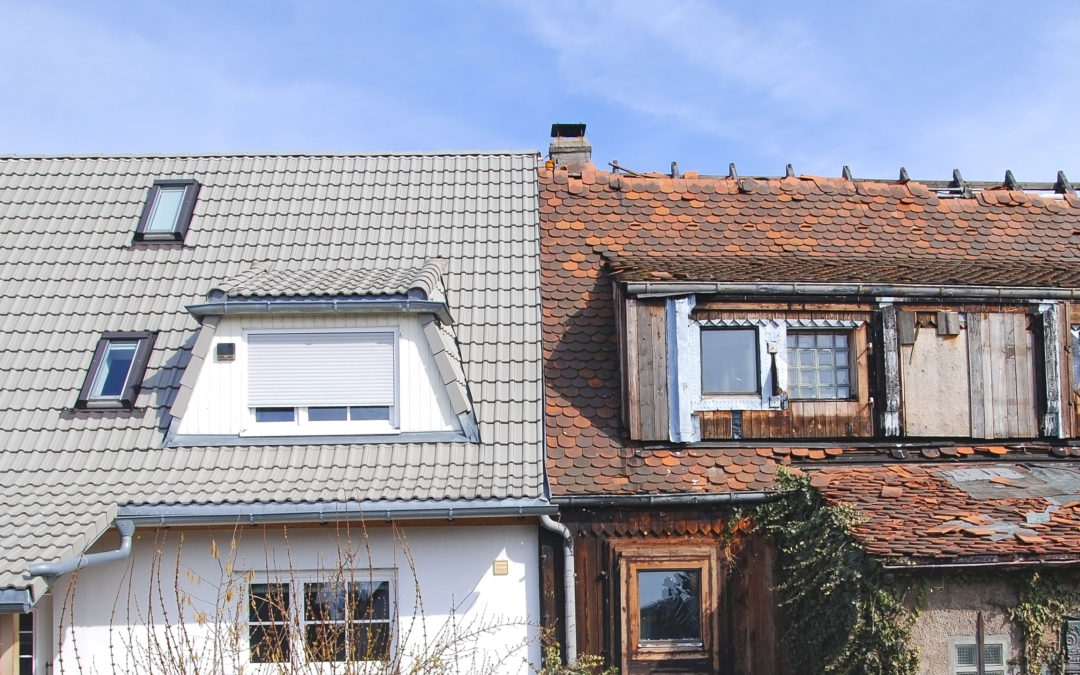Guest Article by Clint Welser, VP, Laudan Properties
In an effort to streamline services performed on defaults and REO assets, the GSEs created a group of core services called “allowables.” Allowables should all be addressed by vendors beginning with the pre-foreclosure stage of default and should carry through to REO assets as damages may continue to occur due to continued exposure to elements, vandalism, natural disasters and other circumstances that would detrimentally affect a property.
The idea behind allowables is that a vendor can address any of these major issues while on-site at a property without requesting additional approvals and delaying action, the goal being to minimize these issues during each visit to a property rather than allowing them to create additional damages and cause extended blight.
It is important to know what services should be performed on an ongoing basis on properties in REO:
Grass cuts/lawn maintenance: Frequency can vary by state and lender specification, but it is generally understood that most states require a bi-monthly recut between April 1 and October 31, with a handful of states requiring year-round services based on climate. Desert climate states may only require cuts once a month.
Securing of the asset: A property’s security must be monitored and maintained. This includes all windows, doors, garages, pools, hot tubs, and outbuildings and can be provided through methods including window and door locks, padlock placement, boarding of openings via polycarbonate or plywood depending on local ordinance or reinstallation of doors and windows. Properties are to remain fully secured at all times and if found unsecure, must be immediately addressed and re-secured in some fashion as determined by lender guidelines.
Debris removal: While the allowable amount can vary by lender and GSE preference, it is generally understood that properties will, at minimum, be free of exterior debris to avoid code violations and neighborhood blight. For REO assets, all property, including any personal property left behind after the foreclosure, is considered debris and will eventually need to be removed. Many lenders will have thresholds for how many cubic yards may be removed as an allowable and may request bids and photographs to justify the removal of debris over and above these thresholds.
Winterization: The schedule for winterization can vary by lender or servicer. It is important to note that winterizations are not a permanent solution and properties should be re-winterized bi-annually to prevent additional plumbing damages due to wastewater backflow. A proper winterization should include shutting off the water at the curb for city water supply, or at the well supply line for well and septic systems. All water should be drained from plumbing and radiant heat (boiler) systems, all toilets, tubs, and sinks should be clean and empty, anti-freeze needs to be poured into any faucets, drains, and tanks, and a pressure test should be performed with photo evidence to reflect whether or not the plumbing held pressure. Additionally, winterized properties should always have properly posted stickers at all water sources to accurately document the date and provider of the winterization.
Detailed Property Condition Report: While every lender and servicer has different requirements for what questions and information they request from each inspection, they all require vendors to perform a Property Condition Report (PCR) during each visit to the property. REO asset PCRs will require much more detail regarding the interior condition of the property and will specifically be looking for any conditions that have changed since the previous report. REO assets may not require inspections as frequently and may ask agents to review prior reports and provide input or updates based on current conditions at a property. REO agents can and should request copies of prior reports where available to determine historic damage repairs and anticipate repairs still needed to bring a property into a marketable condition.
Health/safety concerns: This category is a catch-all requiring bids from the field to identify any deficiency on the property that may lead to injury. This would include items such as mold, missing/broken handrails, missing/broken stoops/steps/porches, flooding in basements, uncapped wires/wells/pipes, exposed wiring and other circumstances that are an immediate threat.
An agent should be aware of these maintenance categories and understand how each individual lender or servicer wants them addressed. Knowing the history of repairs and maintenance on REO assets can help predict additional services needed and expedite approvals for those services. REO properties that show signs of significant damage will, in most circumstances, have a bid or group of bids previously submitted by a vendor.
A solid understanding of information required by each servicer to quickly address issues, along with a working relationship with the approved P&P vendor for each servicer, can help to ensure effective communication regarding outstanding repair needs on REO assets.

